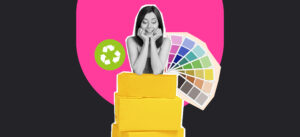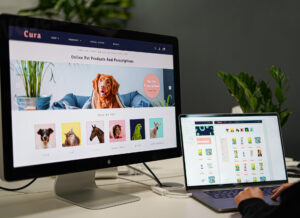If you’re wondering how to design product packaging that stands out on a shelf, then you’re not alone.
When you’re selling a product, the way the packaging looks is key. This can be the difference between someone choosing to buy it, or putting it back on the shelf and spending money on your competitors instead.
Regardless of what you’re selling, you will have lots of other companies trying to steal your customers. So despite how good the product is inside, the way it looks outside is equally (if not more) important as this is what grabs people.
And we all know how short our attention spans are becoming!
There’s a lot of companies out there who’ve nailed their product packaging and created something engaging and memorable. We’ll be taking a look at some of these product packaging examples further in the blog to give you ideas of how to create your own designs.
For now, let’s get started with why product packaging is important and why it can be one of your greatest sales tools.
Why Product Packing Is Important
Product packaging is important as even the best product in the world can go unnoticed if the outside of it fails to impress.
Think about the last time you went shopping.
Can you even name 10 products you remember in an aisle?
I’m guessing not!
The shelves are so crowded that brands need product packaging that stands out. It’s not just a ‘nice to have’; good product packaging makes people want to stop. When a customer is intrigued by something on the shelf, they’re more likely to time that time to look further to find out what’s inside.
You’ve given them a reason to stop and hooked them into your offering. From this point, you can educate them through the product packaging on why they should buy your product.
This is where the text on the packaging comes into play as you can use this to highlight features, benefits, and how the product is going to improve their lives.
Other reasons why product packaging is important include:
- Improves brand recognition: Product packaging helps create a strong first impression with your customers and reinforces your brand identity. In turn, this makes your product more memorable and recognisable, even on a crowded shelf among other big brands.
- Protects the product from damage: From a practical perspective, product packaging ensures the safety and integrity of the product, especially if it’s being delivered. Good quality product packaging can shield it from damage during transport, storage, or while on display in the shop.
- Creates an emotional connection: Your product packaging can tell a story by using their design to evoke different emotions. This can make your product feel more premium, exciting, or trustworthy to those you’re targeting.
- Encourages people to stop and buy: Eye-catching packaging influences purchasing decisions by attracting attention and communicating value at a glance.
- Allows you to communicate sustainability values: Today’s consumers value eco-friendly choices as we are becoming more environmentally aware. Therefore sustainable packaging can demonstrate your commitment to the environment, building trust and loyalty.
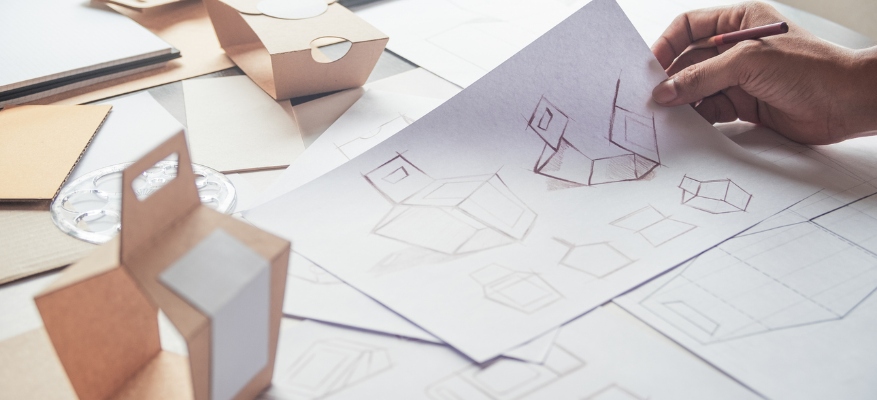
How to Design Product Packaging That Leaves A Lasting Impression
Knowing how to design product packaging that makes people want to buy can be tricky.
As we’ve said, you only have a small amount of space to communicate the key reasons about why people should buy from you.
It’s important you don’t just fill this space with facts and salesy straplines as this will actually deter people rather than engaging them.
To strike the right balance between communicating the product’s key values without overwhelming your customer, follow the steps below.
These will help you create product packaging that is impactful, concise in both design and messaging, and exciting enough to encourage customers to stop.
Understand Your Audience and Product
Effective product packaging design starts with your target audience.
Ask yourself: who are my customers? Are they price-conscious, eco-friendly, or looking for something premium?
Also consider their values and preferences, as well as their buying habits as this helps you decide how to design your packaging.
For example, millennials and Gen Z might be more drawn to minimalist designs that let the product do the talking, while older audiences might need more information to help build a sense of trust.
Knowing who your audience is has to be your priority, otherwise you won’t know whose attention you’re trying to grab with your product packaging. With this in mind, you need to:
- Create audience personas: Develop detailed profiles for your ideal customers, including age, income level, lifestyle, and shopping habits. Use these personas to guide your design choices.
- Address their pain points For example, if you’re targeting fitness enthusiasts, highlight performance benefits directly on the packaging with a clean, active aesthetic. If your audience values sustainability, showcase eco-friendly materials and certifications.
- Get real customer feedback: Conduct focus groups or surveys to gather feedback on packaging prototypes. Ask participants what they notice first and whether the design aligns with their expectations.
- Tell a story: Packaging that tells a story or evokes positive emotions (like nostalgia or excitement) can make a product more memorable. For example, use imagery or typography that reflects the product’s origin or aligns with the customer’s lifestyle.
Focus on Creating Visual Impact
The way your product packaging looks visually is what draws customers to it in a crowded aisle. This means your packaging must stand out at a glance as you can’t guarantee that people are going to be looking at it for very long.
In fact they’re probably looking for a brand they already know and love, so you’ve got quite a task on your hands to sway their attention to something they might not have tried before!
This is where the design comes in as being crucial, as you need to consider the colours you’re going to use, any images of graphics, the typography, and how your logo will sit. You want to make sure that it looks visually attractive whilst still leaving enough blank space so that it’s not too busy.
Have a look at other products on the market that are in the same space and compare how your design would stand out against these. Does it jump off the shelf? Does it look unique enough that you would want to pick it up?
Knowing what’s already out there helps you differentiate your packaging from a sea of others.
Prioritise Clear and Concise Messaging
The messaging on your packaging needs to give people a reason to buy. They need to understand how this product is going to benefit their lives in some sort of way and what value it’s going to add.
This can lead some brands to thinking they need to put every single message on their product packaging, but actually the reverse is true.
You need to be laser focussed on the value you’re offering otherwise you run the risk of confusing and overwhelming your audience. Especially in a busy aisle when their eyes will be drawn to lots of brands offering lots of different things.
This makes simplicity and clarity essential, as less is more when you’re trying to communicate with your customers through your packaging.
Your audience might only look at your product for a few seconds, so consider how you’re going to make them stop.
Usually a good balance of imagery, text, and white space is the perfect combo, helping you convey the key message whilst leaving enough room for the images to breathe.
Consider Functional Design
Functional design goes beyond the way your product looks as it ensures your product packaging is practical and fit for purpose.
Whilst it needs to look great to make an impact on the shelf, it also needs to be capable of protecting and carrying the product.
It should also be easy to open as customers want convenience and ease when they’re buying something. They’re certainly not going to be excited to buy something that takes an age to get into!
With this in mind, consider how you can ensure your product packaging is easy to open, carry, and store, as this also leads to the likelihood of repeat purchases. For example if you’re selling coffee, think about using resealable bags or easy-pour sachets as both of these can significantly improve usability for food products.
Similarly, the packaging must protect the product during transport, storage, and display as there’s no guarantee that it’s only travelling a short distance. This might mean using hardwearing, durable materials to avoid it being damaged.
Functional design should not be an afterthought as it shows that you’ve considered their needs and how they’ll interact with your product in real life.
Use Quality Materials
The type of materials you use isn’t just important for protecting the actual product, but it can also help position the product as being premium in the market.
Have you ever felt packaging that felt a bit thin to touch? Or held something that felt really expensive and luxurious?
This is influenced through the choice of product packaging as you want something that conveys good quality and care. In turn, this makes people more likely to buy the product as they know you’ve considered the way it’s packaged.
This reflects well on your brand as it makes customers more likely to trust you, helping to build your reputation as a result.
Buying from any brand is an emotional choice and we value those companies we believe value us. By taking the time and effort to package your products in high quality materials, it shows customers that you care about the experience they’re going to have.
Whether you’re choosing a resealable pouch, a box, or a textured label, consider investing in something that feels a bit more superior, helping your product stand out and leaving a lasting impression.
Product Packaging Examples
Taking a look at some product packaging examples can give you some inspiration when designing your own packaging.
That said, it’s important your own design is aligned with your brand identity otherwise it won’t make any sense to your customers. Use the below for ideas, but always bring it back to the purpose of your product and what works best for your brand.
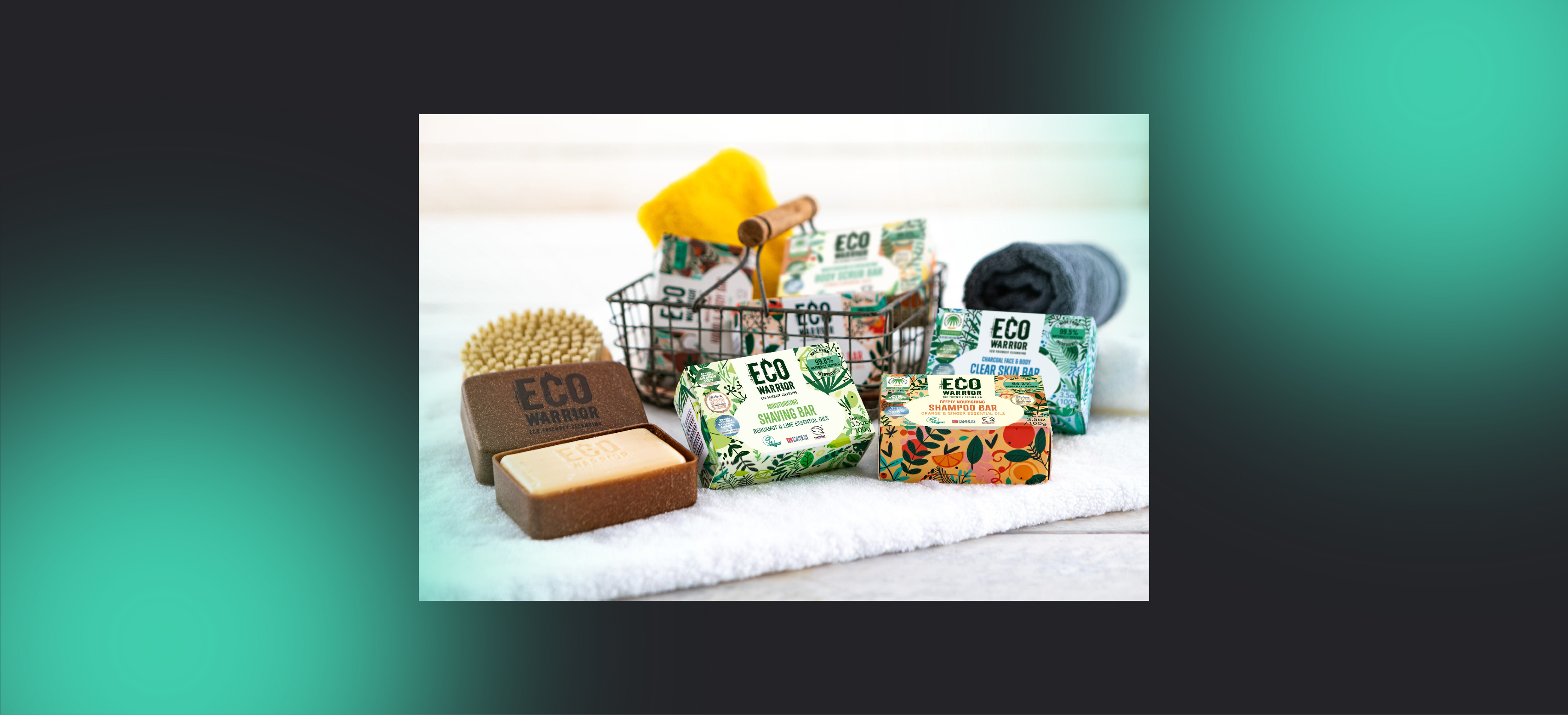
Little Soap Company
The Little Soap Company redefines the skincare industry with handmade, organic, and plastic-free soap bars that are as kind to the planet as they are to your skin.
Successful both online and in-store, their products are sustainably packaged to minimise environmental impact while delivering a premium experience. By opting for soap bars instead of liquid soaps, they conserve both water and plastic, reinforcing their commitment to a greener planet.
From the moment you hold one of their soap bars, you can sense the luxury and care that went into it. Each bar is wrapped in thick, textured paper, giving it a sturdy and long-lasting feel while building a sense of trust that it will protect your skin. The packaging design mirrors their ethos, with a natural and organic feel that communicates their core values.
To further build confidence with new customers, The Little Soap Company show their awards and accreditations on the packaging, helping them connect with environmentally conscious consumers.
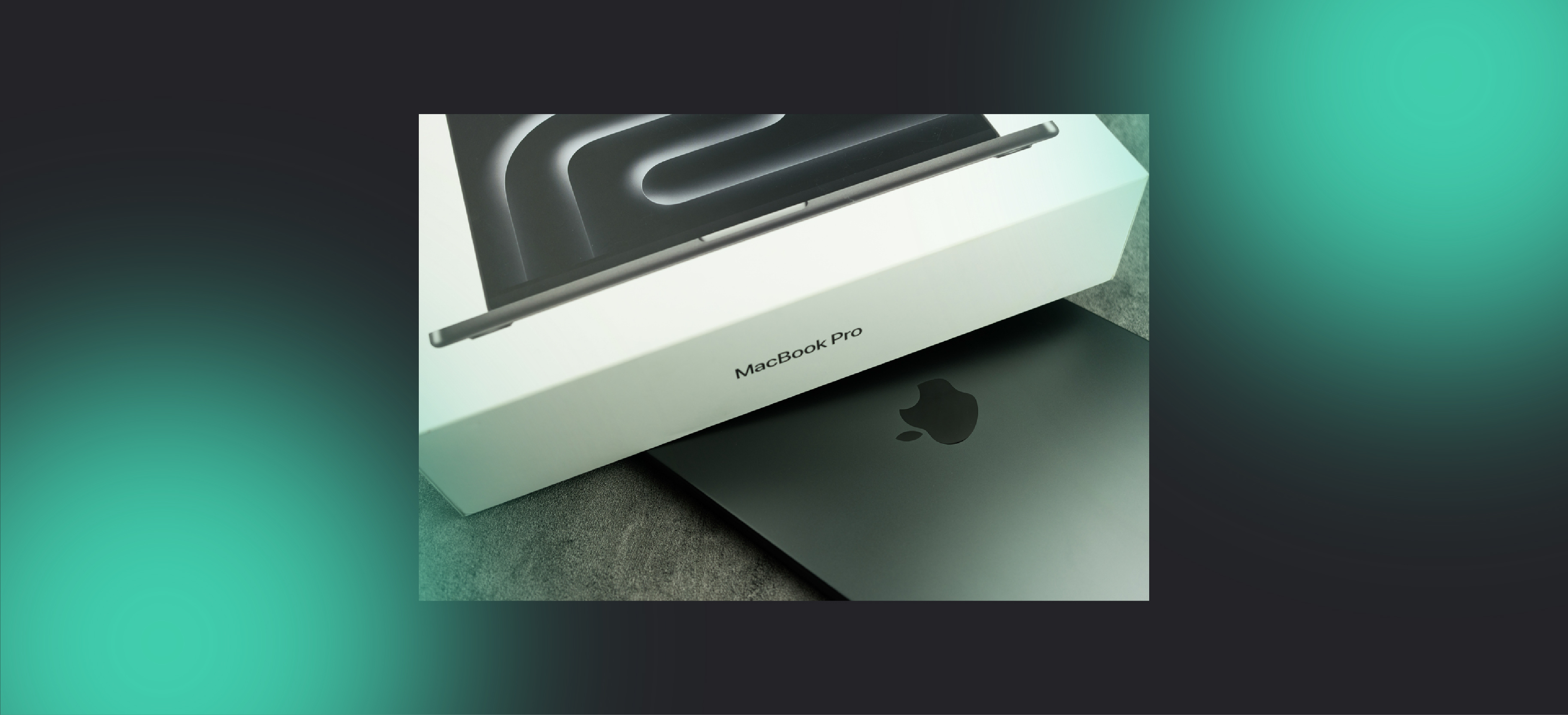
Apple
Another great example of product packaging done right, is from tech giant Apple.
Renowned for its sleek, minimalistic design, the packaging reflects the premium quality of the products inside.
From the moment you open an Apple product box, even the experience feels deliberate and luxurious so you feel part of something exciting. Every detail is considered, from the precision fit of the components to the matte finish of the actual box.
The materials used are also sturdy and recyclable, ensuring they not only protect the product itself but also align with their environmental ethos.
Moving over to the design, it’s always clean and simple, often featuring just the product image and a logo, letting the product take centre stage.
This simplicity represents Apple’s brand identity, which is focussed on innovation, sophistication, and being user-friendly.
How to Design Product Packaging That Makes People Want to Buy
Hopefully you’re now full of ideas about how to design your own product packaging!
Use the above blog as a guide, and remember the key takeaways:
- Keep your audience as the focus
- Create packaging that’s visually engaging
- Prioritise clarity and simplicity
- Think about functional design
- Use high quality materials
By following these steps, you’re sure to create packaging that makes an impact, even in the most crowded of markets.
If you need any help designing your product packaging get in touch with our team.
Or for more inspiration about how we approach the process and what you can expect, take a look at some of our work such as Coado, the cool coffee brand making an impact in the hot drinks industry.

